
How to Grip a Golf Club
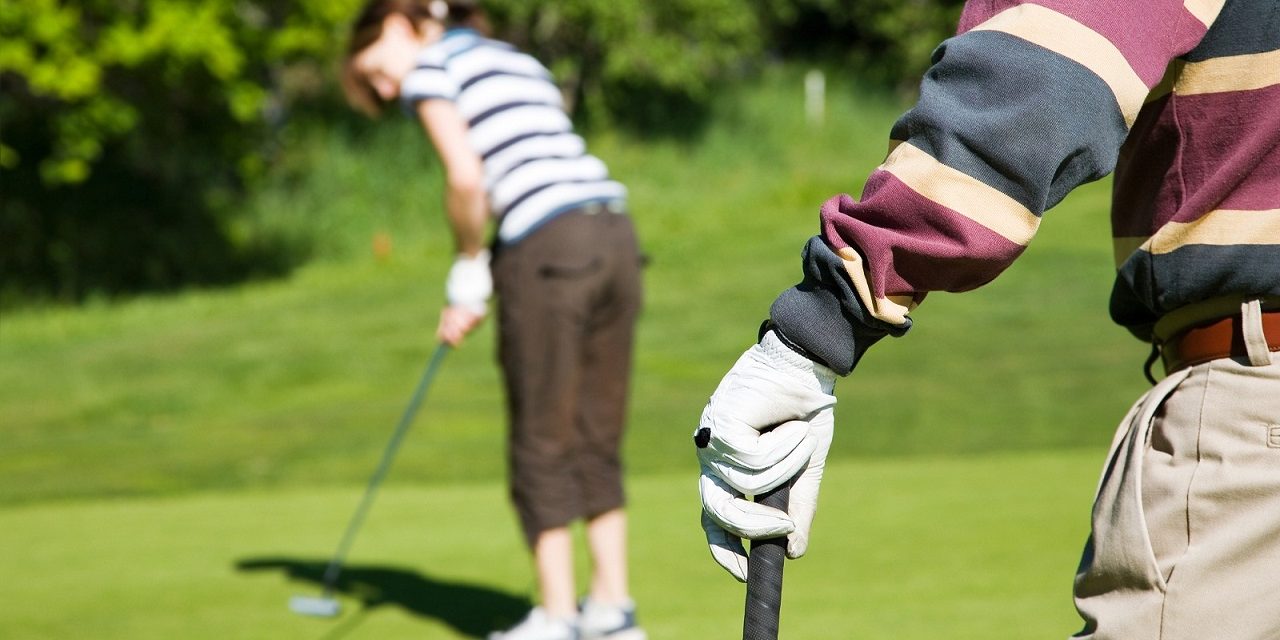
How to Grip a Golf Club
The purpose of an effective golf grip is to allow the hands to work together and strike the ball with maximum power. There are three basic golf grips that teaching professionals use with their students. We’ll cover these styles in this article. The amount of pressure you use with your grip will also affect your ball flight. Lastly, we’re going to cover the importance of obtaining the right size grip handle on your golf clubs.
The oldest and, perhaps widely used among beginners, is the ten-finger or baseball grip. Grasp the golf club with the lead hand wrapping the four fingers around the club handle. Your thumb should be pointing downwards along the shaft. Next, place the little finger of the trailing hand (right hand for right-handed golfers) against the index finger of the lead hand. The lead thumb should point downwards along the shaft and become enveloped by the trailing hand.
The Varden Overlap was developed in the 19th century by Harry Varden. This is the most common grip used by touring professionals and is taught by most professionals. Place the little finger of the trailing hand and interlock it between the index and middle finger of the lead hand. Again, the lead thumb should point downwards and become enveloped by the trailing hand.
The Interlock Grip is similar to the Varden Overlap with the little finger of the trailing hand intertwined with the index finger of the lead hand. The thumb is handled in the same way.
There you are the three most common grip types. Which one is the best? That depends on your skill level, the size of your hands, and the grip size of your clubs in addition to other subtle factors that are beyond the scope of this article. Head to the practice range and try them out. Choose the grip that feels comfortable when beginning to golf and experiment as your skill level increases.
Effective Grip Pressure
Grip pressure is an important component of ball trajectory. A grip that is too tight can cause a pronounced slice to your shot. You won’t get the distance you desire and you may find yourself consistently hitting from the rough or worse. As you lighten your grip, the amount of clubface rotation increases giving you a better chance of hitting the ball squarely. On a scale of 1 to 10, most golf instructors suggest that you grip the club at a 4 to 5 level.
When you grip the club let it sit in your fingers instead of the palms. This will allow for better arm extension and, ultimately, more club head speed.
Choosing the Right Grip Size for Your Clubs
A grip that is too thick for your hands can cause your club head to be too open at impact sending your ball to the right. If the grip is too thin, your club head may close too soon resulting in a low dribbler to the left. If you are consistently hooking or slicing the ball, you may want to have a golf professional look at your grips before you start retooling your game. If you have the fundamentals down, then it’s time to look at your golf equipment if you want to improve your game.

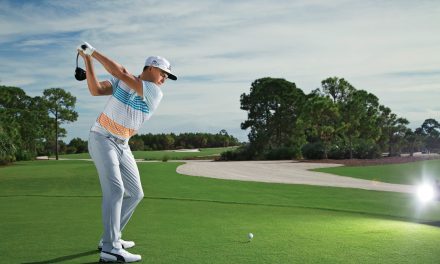
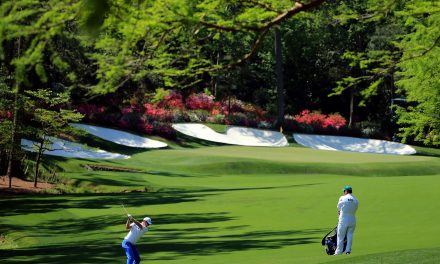
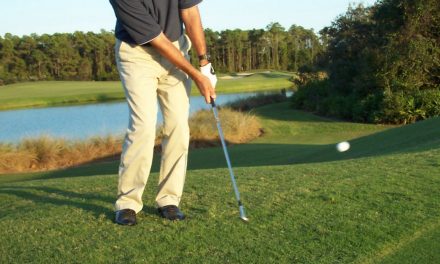
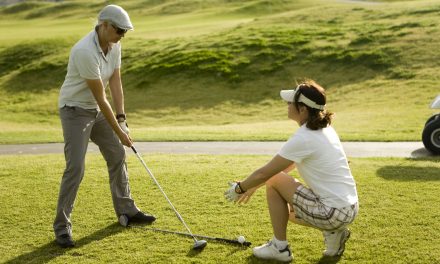


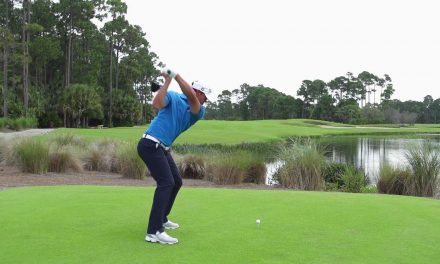
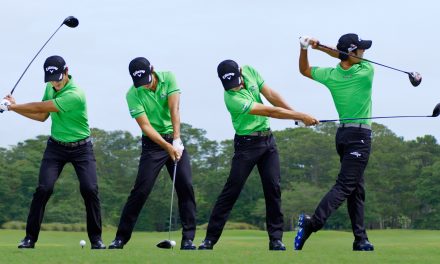
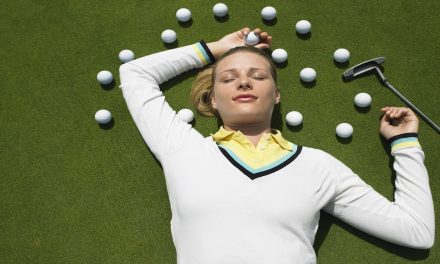


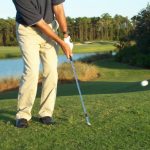

Recent Comments